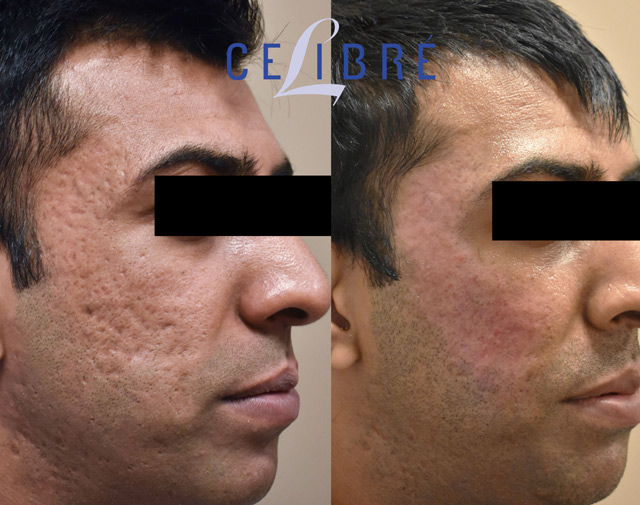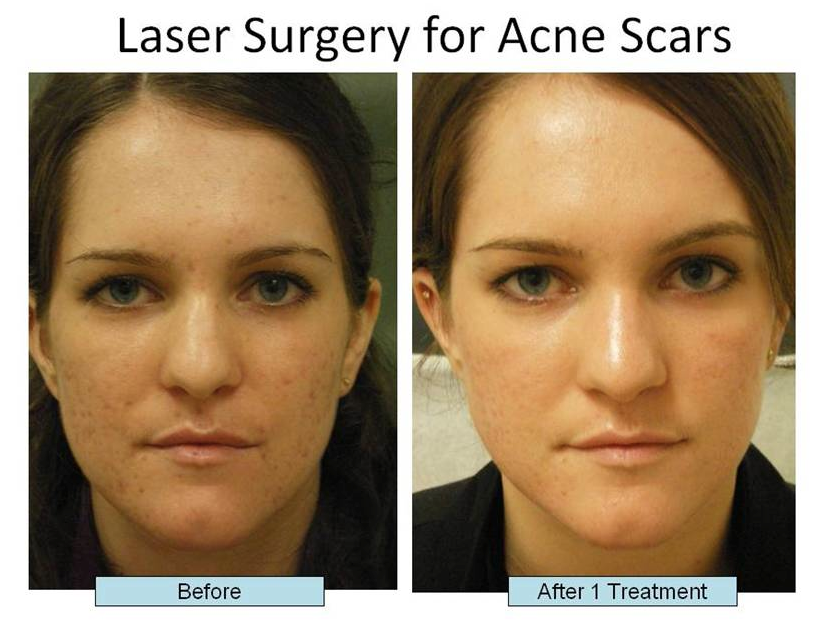Just How to Deal With Acne Scars: Proven Approaches for a Remarkable Skin
Just How to Deal With Acne Scars: Proven Approaches for a Remarkable Skin
Blog Article
Exploring Skin Disease: Treating and determining Acne Scars for Healthier Skin
Acne marks stand for a significant issue for people seeking to maintain healthy and balanced skin, as they can influence both appearance and self-confidence. Comprehending the different kinds of scars, from atrophic to hypertrophic, is crucial for determining appropriate therapy alternatives. While expert treatments like chemical peels and microneedling can be effective, the relevance of personalized treatment plans can not be overemphasized. Additionally, preventative measures play a crucial role in lessening future scarring. As we discover these facets, one must consider just how the appropriate approach can cause transformative results.
Understanding Acne Scars

The body's all-natural recovery process can lead to either atrophic marks, which look like anxieties in the skin, or hypertrophic marks, which are raised and result from overflow of collagen. In addition, the psychological toll of acne scars need to not be underestimated; many individuals report feelings of humiliation, anxiousness, and reduced self-confidence. This emotional worry can affect social interactions and total lifestyle.
Resolving acne marks calls for a thorough understanding of their formation and effect. Recognition of the possibility for lasting consequences connected with neglected marks can inspire individuals to look for ideal treatments. Early intervention and effective management techniques can substantially enhance skin look and improve mental resilience, stressing the relevance of recognizing the intricacies bordering acne scars.
Sorts Of Acne Scars
Acne marks can be classified into distinctive types, each exhibiting unique characteristics and requiring details therapy techniques. skin rejuvenation treatments. The main types of acne scars consist of atrophic, hypertrophic, and keloid scars

Hypertrophic scars, on the other hand, are raised over the skin degree and are the result of extreme collagen manufacturing during the recovery process. They commonly remain within the borders of the original acne lesion. Keloid marks are similar yet prolong past the initial injury site, developing bigger, elevated areas that can be itchy or excruciating.
Comprehending these sorts of marks is important for choosing proper therapy alternatives. Different scars might react far better to specific therapies, such as laser treatments, fillers, or medical treatments, stressing the relevance of a tailored approach to acne mark management.
Recognizing Your Scars
Acne marks generally fall into two groups: hypertrophic and atrophic scars. These can even more be categorized right into ice-pick scars, boxcar marks, and rolling scars, each exhibiting distinctive qualities and calling for various approaches for assessment.
Hypertrophic scars, on the other hand, are increased and happen as a result of too much collagen manufacturing during the healing see here now process. Recognizing the specific features of your scars-- such as depth, size, and appearance-- is necessary for correct recognition (acne treatment for sensitive skin). Furthermore, think about the circulation of marks throughout your skin, as this can show the extent and Website duration of the acne problem
Involving with a skin specialist can give valuable insights right into the nature of your marks, helping in the differentiation between numerous kinds. A complete understanding of your scars will ultimately result in a much more tailored and reliable therapy plan, ensuring a more clear and healthier complexion.
Therapy Choices Readily Available
Recognizing the certain kind of acne marks existing on your skin prepares for discovering efficient treatment choices. Common types of acne scars consist of atrophic (depressed), hypertrophic (elevated), and post-inflammatory erythema.
For atrophic scars, options such as chemical peels, microneedling, and laser resurfacing are extensively used. Chemical peels off utilize acids to eliminate the outer layer of skin, promoting brand-new cell development.
Hypertrophic marks can be treated with corticosteroid injections to squash the mark or laser treatment to reduce soreness and boost look. Silicone gel sheets and pressure dressings might also help in taking care of increased marks.
On top of that, dermal fillers can momentarily complete clinical depressions from atrophic marks, while surgical excision may be suitable for severe situations. Each treatment alternative has its benefits and considerations, making it necessary to speak with a skin specialist. They can give personalized suggestions our website based upon the kind and seriousness of your scars, along with your skin kind and overall health.
Tips for Prevention
Reliable avoidance approaches can dramatically lower the possibility of establishing acne scars. Using non-comedogenic products helps protect against clogged up pores, which can aggravate acne.
Staying clear of the desire to pick or pop acne sores is important, as this can cause deeper skin damage and increase the danger of scarring. Rather, consider making use of a cool compress or non-prescription therapies to decrease swelling and redness.
Sunlight security is another essential element of prevention; ultraviolet (UV) rays can darken scars and hinder the recovery process. Using a broad-spectrum sunscreen with at least SPF 30 daily can shield the skin and promote also recovery.
Last but not least, preserving a well balanced diet plan rich in minerals, anti-oxidants, and vitamins supports skin health and recovery. Staying moisturized and managing stress and anxiety levels can additionally play a considerable role in minimizing acne flare-ups. By executing these techniques, people can dramatically reduce their opportunities of developing acne marks.
Verdict
In final thought, understanding and recognizing acne scars is crucial for reliable treatment and achieving healthier skin. Different types of acne scars, including hypertrophic and atrophic marks, demand details treatments tailored to specific demands.
The body's natural healing procedure can result in either atrophic scars, which show up as clinical depressions in the skin, or hypertrophic marks, which are raised and result from overproduction of collagen. They are additional divided right into three subtypes: ice choice marks, boxcar marks, and rolling scars. Acne scars normally drop into 2 categories: atrophic and hypertrophic scars. These can further be classified right into ice-pick marks, boxcar marks, and rolling scars, each exhibiting distinctive characteristics and requiring various strategies for analysis.
Numerous types of acne scars, consisting of hypertrophic and atrophic marks, require certain treatments tailored to individual needs.
Report this page